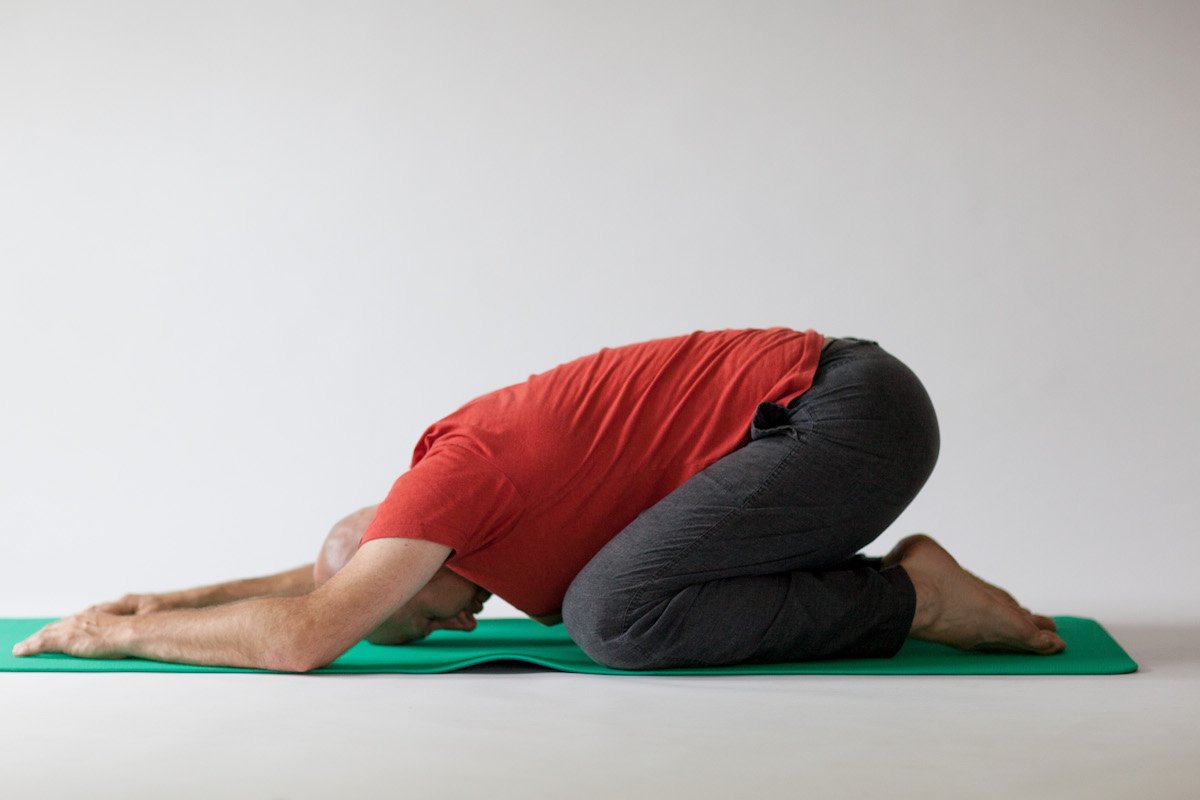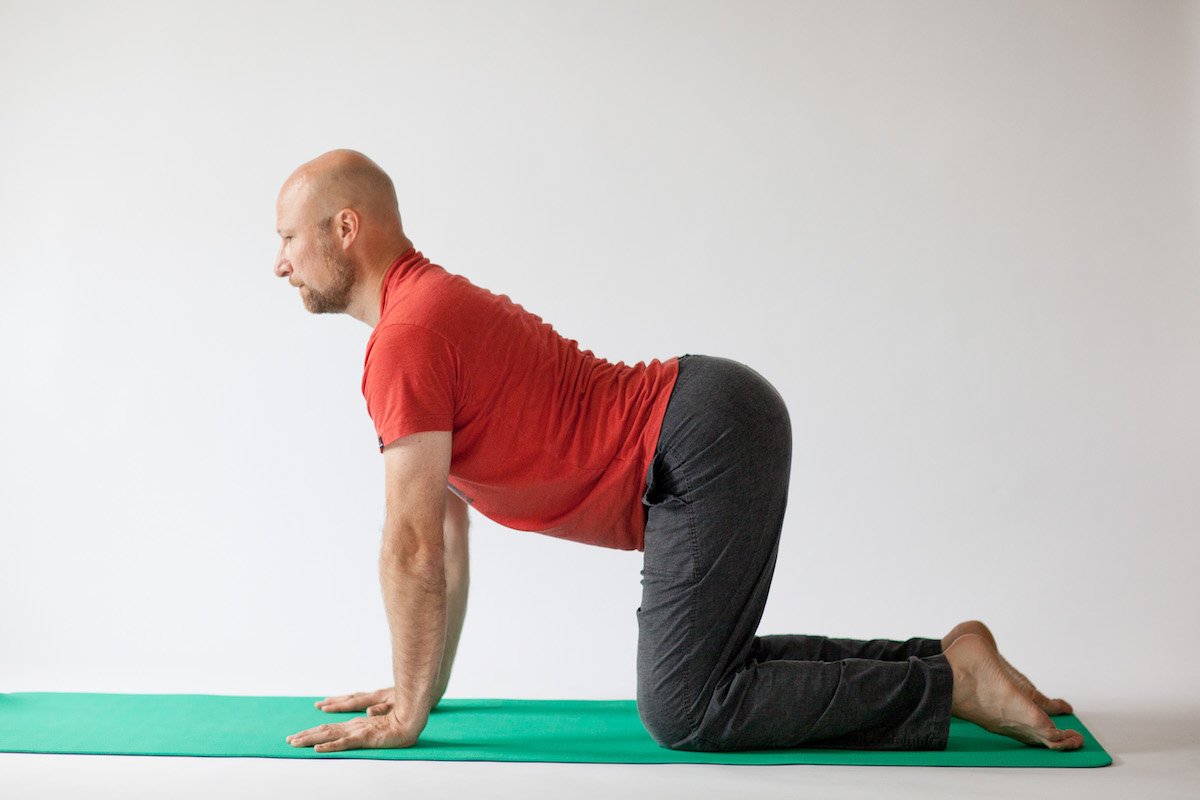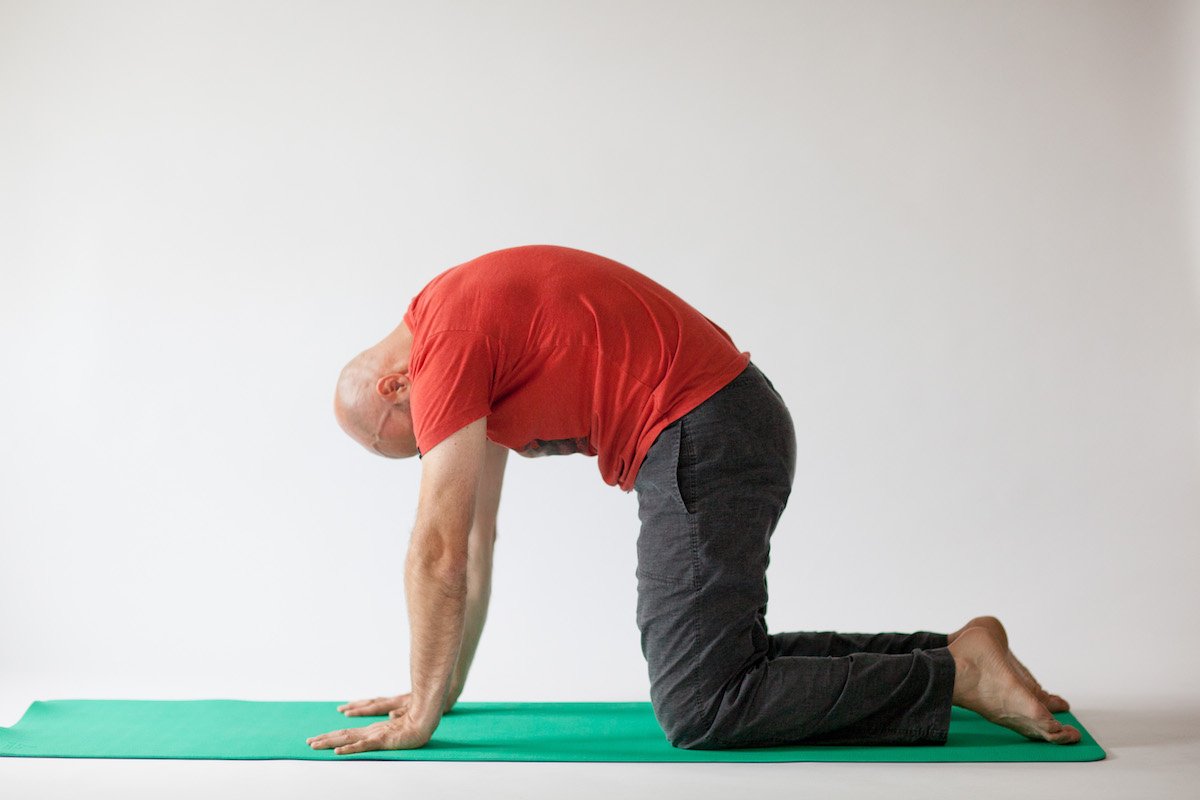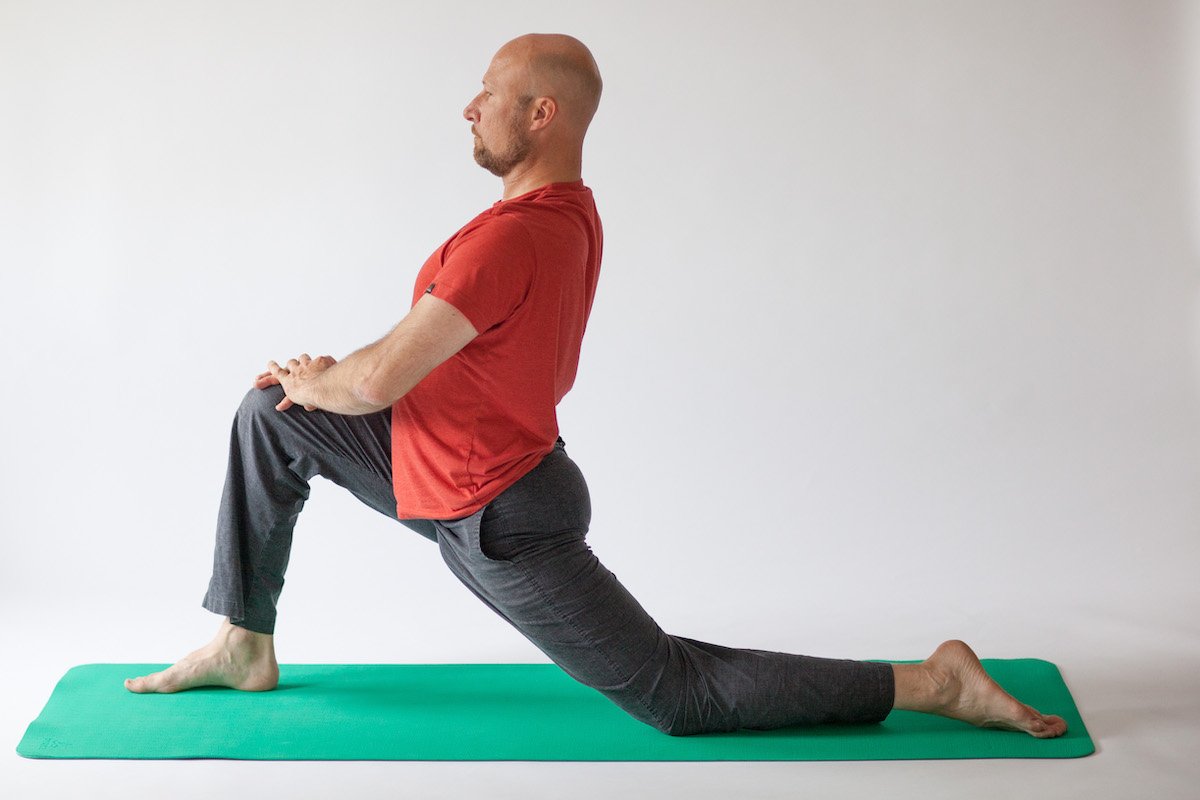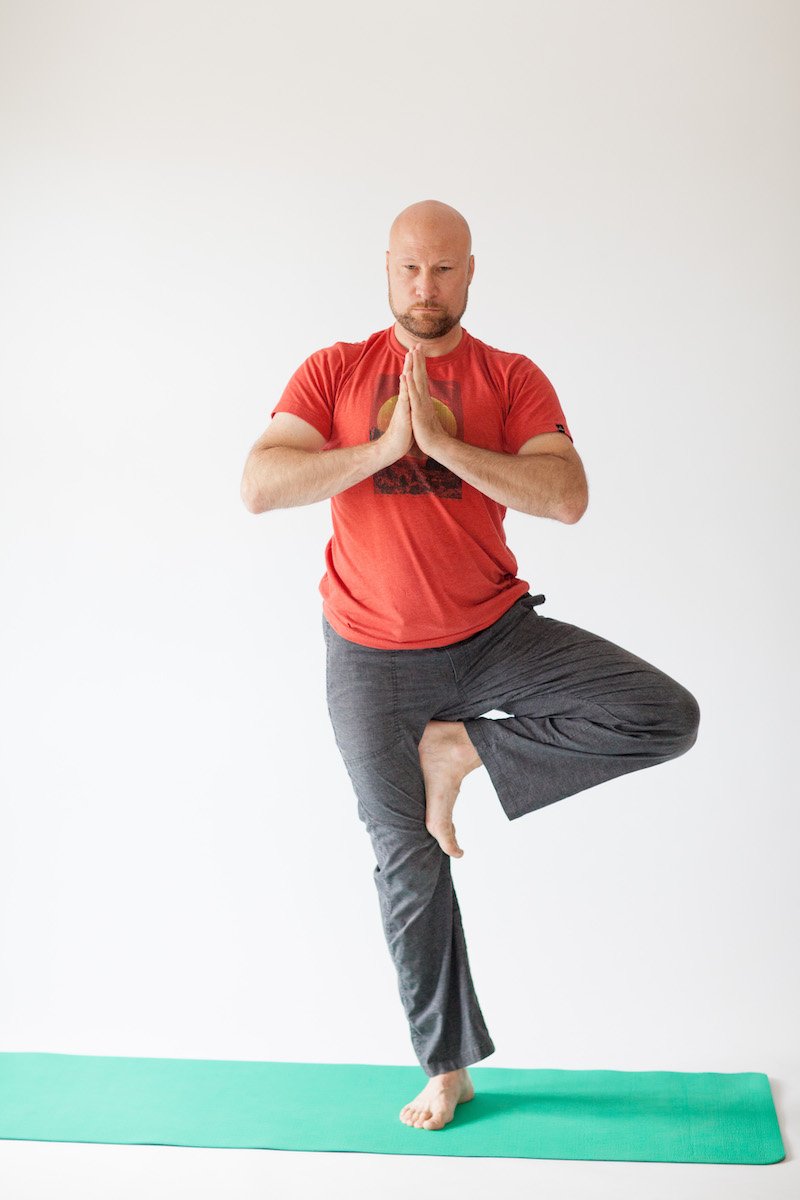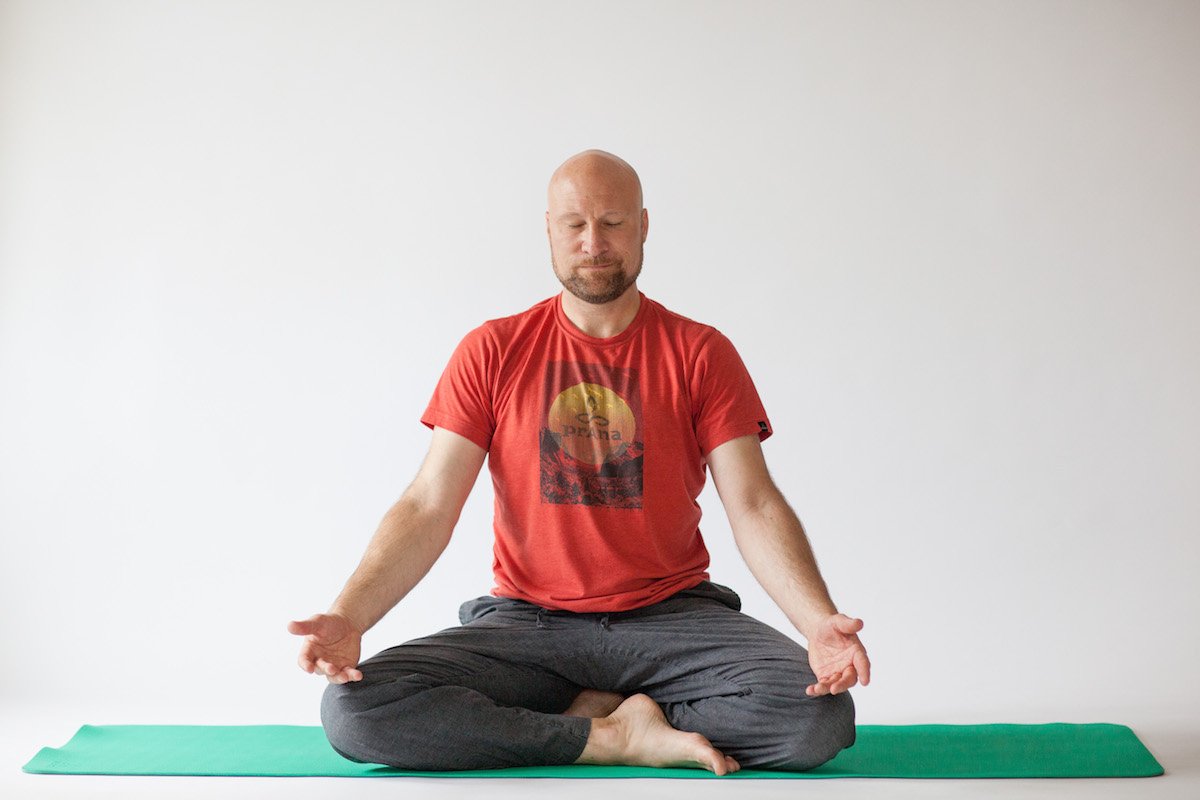It’s that time of year again—the holidays. We contemplate and show gratitude for everything we have: our family, friends, a home over our heads, and enough money in our accounts to spend on the people we love. However, it is also a time of year when stress levels can swell for many individuals.
The American Psychological Association reports that around forty-three percent of individuals disclose an increase in stress during this time. This means that nearly two-fifths of adults feel the mental and emotional strain of the holidays. It’s no secret that when people feel stressed, it can lead to depression, anxiety, and physical illness. What is even more shocking is that women, by two to one against males, are more likely to feel the burden of the holidays. Though people will look to ease this stress by talking to family or friends, there is another way to combat the stress: doing yoga. When you add a consistent yoga practice during the holidays, individuals can decrease stress and anxiety dramatically. Studies have shown that yoga can increase serotonin, “the feel-good hormone,” to improve your mood and enjoy the holidays. Yoga also increases gamma-aminobutyric acid (GABA), which is associated with better mood and decreased anxiety. Adding a yoga practice to your life will address much-needed self-care this time. That way, you can enjoy the season without feeling overwhelmed by the holiday buzz. It's important to acknowledge that holiday stress is a common experience, and you are not alone in this.
Here is a yoga sequence to help you decrease stress and anxiety and assist you with the season. I encourage you to give it a try and see how it can positively impact your holiday experience


